As a business owner, you understand the importance of managing your business costs effectively. One area that often gets overlooked by small businesses is energy usage. This can add up quickly, eat into your profits, increase your business energy bills and the carbon footprint of your business. In this ‘Tips On How To Save Energy In Business’ article we describe useful strategies to make a practical difference to your business energy costs.
Furthermore, they cam reduce your greenhouse gas emissions and move you closer to being a ‘net zero’ business.
Understanding Energy Usage in Your Business
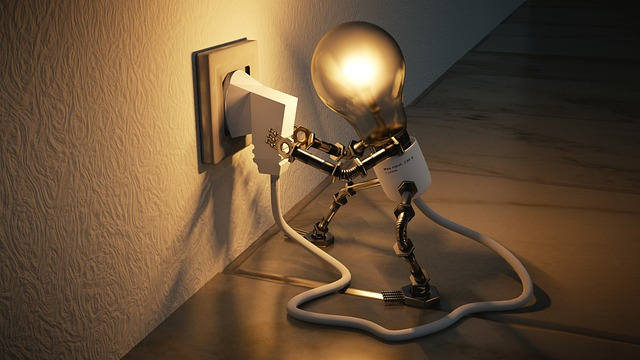
Before you can start optimizing your ways to save energy usage, you need to understand how much energy your business consumes and where it’s being used. This knowledge is essential for making informed decisions and taking effective action to reduce energy consumption and lower your bills. Conducting an energy audit is a good first step to identify areas where you can make improvements to reduce energy consumption.
Conducting An Energy Audit
There are several ways you can conduct an energy audit. You can hire a professional auditor or conduct your own in-house audit. Conducting your own audit can be a cost-effective option, but it requires some knowledge and expertise. To do an in-house audit, you can:
- Collect energy bills from the past year to calculate your annual energy bill: Collecting energy bills from the past year can help you understand your business’s energy usage and identify any seasonal trends or anomalies.
- Inspect your business to identify all energy-consuming equipment and machines: Inspect your business to identify all equipment and machines that consume energy. This could include lighting, heating and cooling systems, office equipment, and manufacturing equipment.
- Analyse how long each piece of equipment runs and determine its energy usage: Analysing how long each piece of equipment runs and determining its energy usage can help you identify areas where you can make improvements. This could include adjusting equipment settings, replacing inefficient equipment, or implementing energy-saving practices. Ensure you perform surveys at different times. Do you see a rise in energy use at different times?
Review the results of the audit and then identify changes that save energy costs and the environment.
Know Your Premises
Are the premises built in a traditional manner? e.g. Pre 1920’s, solid walls. If you insulate you will need to allow for adequate ventilation of the building structure.
Do the premises have historical merit and/or protected status? Do you understand local planning and building regulations? Are the premises in a conservation area? If so you may be prohibited from making certain types of change.
Optimizing Operations for Energy Efficiency
Streamlining Production Processes
By optimizing your processes, you can decrease your energy demand and reduce your footprint. Look for ways to make production faster, safer, more efficient and more flexible.
Implementing Regular Maintenance Schedules

Maintaining all your equipment regularly can prevent outrages, unnecessary capital expenditure and wastage. Equipment in good condition can use less energy than improperly maintained items.
Maintain other appliances such as your heating and cooling system.
Make sure your maintenance schedule includes regular cleaning, lubrication, and calibration of equipment.
Always Upgrade To Better Energy-Efficient Equipment
Every time equipment breaks down, look for opportunities to use more energy-efficient alternatives. This may seem a little expensive initially, but newer models of many appliances consume less energy than older ones. When shopping for new machines, select ones with high energy ratings.
These products can help you save money on energy cots. Look for products with the Energy Star label when purchasing new equipment.
Turn Appliances Off When They Are Not In Use
Encourage employees to shut down equipment when they’re not in use. To make it simpler to turn off many devices at once, use a power strip with an on/off switch. Make sure that you stay within the power rating of the power strip, and avoid plugging a power strip into another power strip.
You can also use smart power strips, which automatically turn off devices when they’re not in use.
Do you unplug laptop and phone chargers when not in use? They consume energy when they are plugged in.
Information Technology (IT) Tips

Is your IT using energy efficiently? Ask yourself these questions:
-
Do you use energy efficient multi-function devices (MFDs) to reduce stand-alone printers/ copiers? MFD’s can print, copy, scan and fax.
-
Have you consolidated servers into fewer servers with higher capacity to reduce energy consumption and space requirements?
-
Have you considered using more software as a service (SaaS)?
-
Are your data centres operating at an energy efficient temperature?
-
Are the hot and cold server racks separated in the server room?
-
Have you migrated your enterprise data centres to cloud computing?
-
Use Laptops Instead Of Desktops, they consume less power.
Get the Best From Your Heating And Cooling System
Would You Benefit From A Building Monitoring System (BMS)?
A BMS is a computer-based approach to managing and monitoring facilities-based equipment within a building e.g. air con, heating and cooling, lighting, fire security and power systems. They are commonly found in larger buildings.
Because the system can be calibrated to match the specific requirements of the building, it can result in significant savings. Be sure to check that the BMS has been calibrated into the building and your work practices. Perform planned maintenance on the sensors, otherwise they could send the wrong signals and your energy usage could increase.
Smart Thermostats And Energy Management Systems
Smart thermostats and energy management systems allow you to remotely control your heating, ventilation, and air conditioning (HVAC) systems. They can automatically adjust the temperature in a room or building, saving on heating and cooling and saving energy otherwise that would have been wasted.
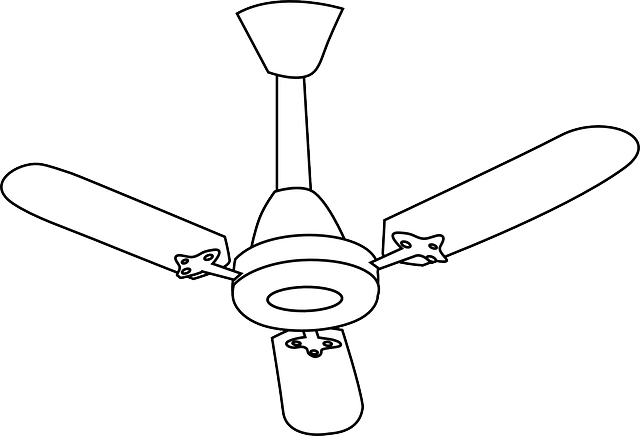
Using fans may be a helpful way of using office temperature and minimising air conditioning.
Insulate Your Workplace
Install insulation and double-glazed doors and reduce the amount of power you use. It’s essential to keeping the warmth inside and the cold air out during the winter. Loft insulation also keeps indoor spaces at least 10 degrees cooler during the summer. This will help reduce your heating and cooling costs.
Direct Sunlight
In the summer, don’t let direct sunlight in through the windows; in the winter, let the sun in during the day while covering the windows at night.
Have you considered installing solar shading to control natural light and heat entering a building? This will help you maintain a comfortable temperature and reduce cooling costs.
In very hot environments consider painting the roof with heat-reflective paint. This will reduce the heat absorbed by the building.
Make use of natural sunlight, and turn off artificial light when it is safe to do so.
Upgrade Lighting Systems
Lighting systems are a great place to start as they can account for up to 40% of energy use in a commercial space. Consider switching to LED lights as they have a longer lifespan than traditional, incandescent lighting bulbs and consume less electricity. Additionally, consider installing motion sensors, that turn off lights when they are not in use.
Emergency EXIT signs must remain open 24 hours a day without affecting the planet a lot! Switch to Energy Saving Light bulbs or LED light that are approximately ten times more than energy efficient light bulbs and last ten times as long as conventional bulbs.
Installing lighting occupancy sensors will reduce your business premises energy use without constantly asking your workers to turn off the lights. This sensor can be helpful in rooms that aren’t often used, such as conference room breaks, offices, or hot desk areas that are rarely used.
Invest In Greener Energy
Check if you can get government support for energy-saving products, solar panels and appliances.
Have you installed vertical or horizontal wind turbines for generating electrical energy? Remember that building density adversely impacts air flows and reduces wind turbine efficiency.
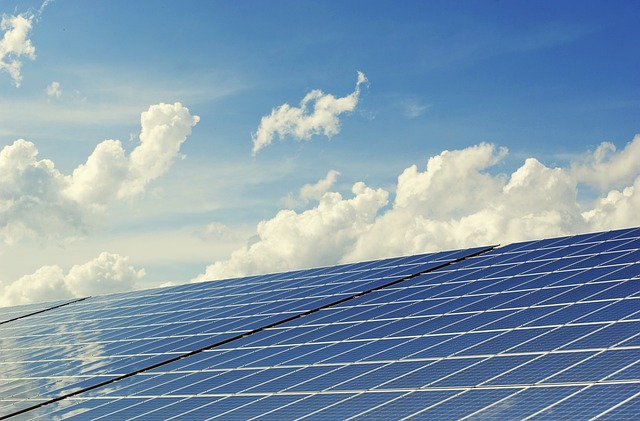
Have you installed solar panels on the roof top or placed thin film transparent solar cells on the windows?
Wind and solar power takes time to reap a return, so make sure that you can afford the upfront capital and that you intend to stay in the premises for a long time. It can be hard to recoup all of the capital costs if you sell or vacate the premises.
Have you installed excess micro generation energy storage, so that energy can be released when none is being generated?
Switch Your Energy Supplier
Review your energy supplier and tariff every time your business power supply contract expires. Reach out and have an initial chat with a reputable business energy consultancy, they can help you explore greener suppliers at reasonable prices.
Shut Off Unused Areas
In a large business area, consider shutting off part of your property. It will not only reduce the cost of operation, it will enhance the efficiency.
Encouraging Employee Engagement In Energy Conservation
Encourage your employees to participate in energy conservation efforts, and provide support and resources to help them succeed. There are several ways you can engage your employees:
Providing Energy-Saving Training and Resources
Education is often key to success. Be sure to educate your employees on how to conserve energy in their areas of work, such as turning off equipment not in use or using power-saving settings on computers.
One way to provide energy-saving training is to hold workshops or seminars on energy conservation. Invite experts to speak on the topic and provide hands-on training for employees. This can be a great way to get everyone on the same page and excited about energy conservation.
Another way to provide resources is to create a list of energy-saving tips and tricks and distribute it to all employees. This can be posted on a bulletin board or sent out in a company-wide email. Encourage employees to share their own energy-saving ideas and add them to the list.
Establishing an Energy-Saving Culture
Creating a culture of energy efficiency and energy cost reduction can ensure that everyone is on board. Make energy-efficient practices part of your company values.
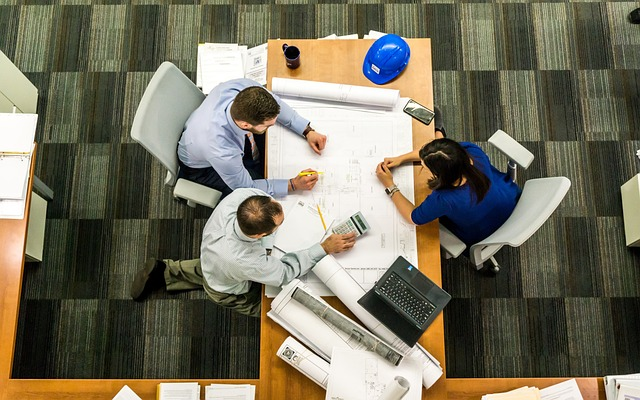
One way to establish an energy-saving culture is to create an energy-saving committee. This committee can be made up of employees from different departments and can be responsible for coming up with new energy-saving ideas and implementing them throughout the company.
Another way to establish an energy-saving culture is to recognize and celebrate employees who are making a difference. Create an “energy-saving champion” award and recognize employees who are consistently making an effort to conserve energy.
Overall, encouraging employee engagement in energy efficiency and conservation can have a positive impact on both the environment and your company’s bottom line. By providing training and resources, establishing an energy-saving culture, and incentivizing energy-efficient behaviours, you can create a workplace that is committed to sustainability and energy conservation.
To Sum Up Our Tips
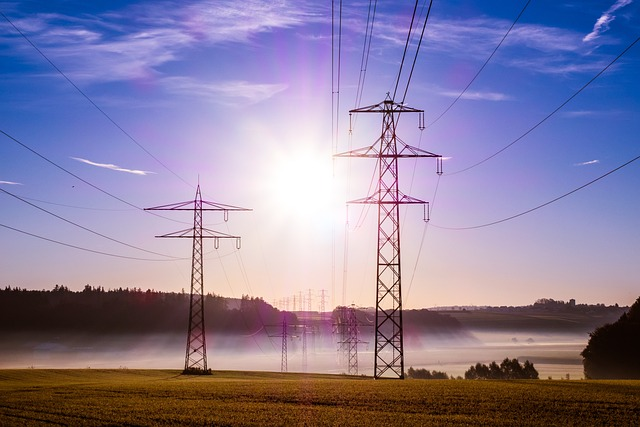
There are many other energy bill saving tips that can reduce the energy bill of your business.
Conducting an energy audit can help you identify areas where your business is wasting money and help set goals.
Encouraging employee participation, implementing energy-efficient technologies, and optimizing operations are all key strategies to save energy.
See more Helpful Content
Visit our Homepage
